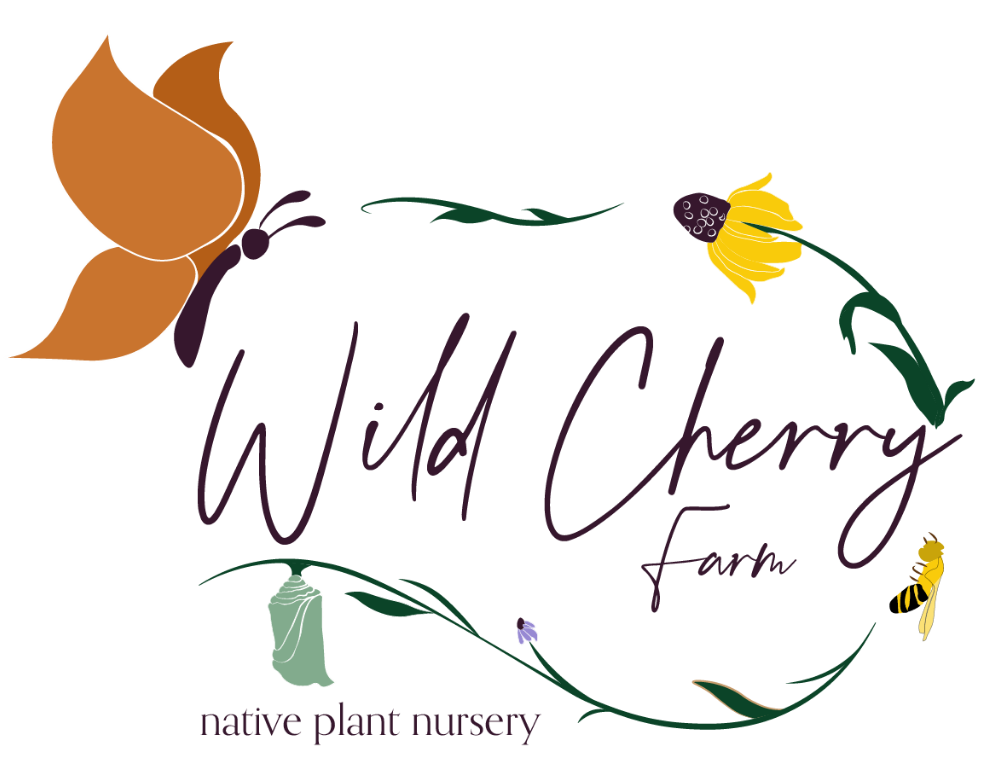Smooth Pussytoes (Antennaria parlinii)
Such a sweet little plant! Pussytoes are one of the host plants for the American Lady butterfly, but are oftentimes just grown for their velvety leaves. Their white, late spring flowers look like tiny cat paws, hence the name. These flowers will reach up to about a foot in height, but the leaves grow at ground level. Spreading by rhizomes, Pussytoes provide a good ground cover for dry areas such as rock gardens. Certain parts of the plant are poisonous so deer and other nibblers generally will not bother them.
Photo credit: Michigan Flora (1), John Blair (2)
Such a sweet little plant! Pussytoes are one of the host plants for the American Lady butterfly, but are oftentimes just grown for their velvety leaves. Their white, late spring flowers look like tiny cat paws, hence the name. These flowers will reach up to about a foot in height, but the leaves grow at ground level. Spreading by rhizomes, Pussytoes provide a good ground cover for dry areas such as rock gardens. Certain parts of the plant are poisonous so deer and other nibblers generally will not bother them.
Photo credit: Michigan Flora (1), John Blair (2)
Such a sweet little plant! Pussytoes are one of the host plants for the American Lady butterfly, but are oftentimes just grown for their velvety leaves. Their white, late spring flowers look like tiny cat paws, hence the name. These flowers will reach up to about a foot in height, but the leaves grow at ground level. Spreading by rhizomes, Pussytoes provide a good ground cover for dry areas such as rock gardens. Certain parts of the plant are poisonous so deer and other nibblers generally will not bother them.
Photo credit: Michigan Flora (1), John Blair (2)
Life Cycle: Perennial
Sun Exposure: Full, Partial
Soil Moisture: Medium to Dry
Height: 1 foot
Plant Spacing: 12-18”
Bloom Time: April-June
Bloom Color: White
Advantages: Deer Resistant, Great landscaping plant
Host plant: American Painted Lady and 2 other species of butterflies and moths use this as a caterpillar host plant in our area (https://www.nwf.org/NativePlantFinder/Plants)







